12 Cities That Dislike Tourists + 5 That Were So Bad I Won’t Return
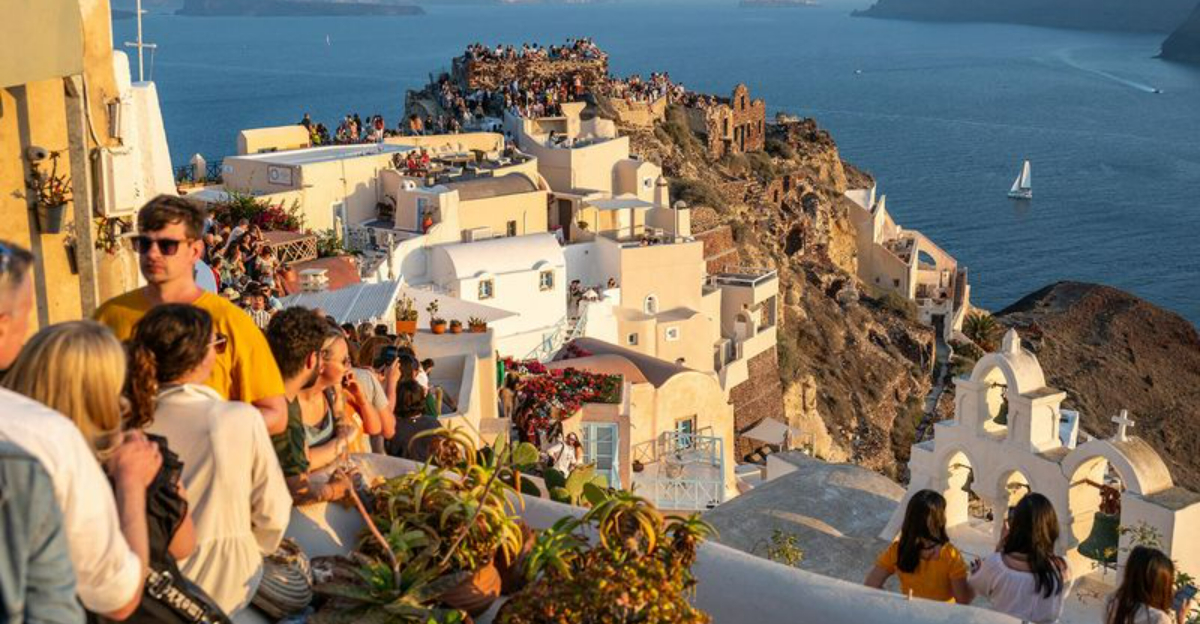
Ever felt like an unwanted guest in a foreign city? As a frequent traveler, I’ve encountered places where locals made it clear tourists weren’t their favorite people. Some cities show subtle signs of tourist fatigue, while others left such a bad impression that they’ve earned a permanent spot on my no-return list.
Let me share my personal experiences with these not-so-welcoming destinations.
1. Venice Struggles Under Tourist Weight
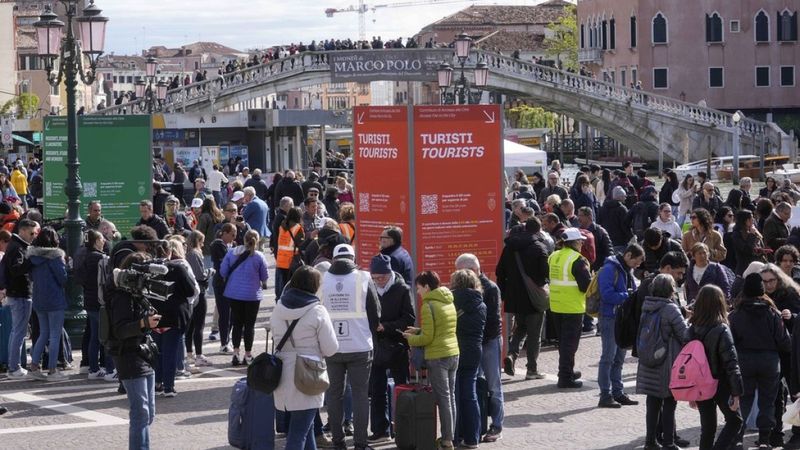
The floating city drowns in approximately 30 million visitors annually. Walking through narrow alleys, I noticed locals’ exasperated sighs when tourist groups blocked their paths. Many Venetians have been forced to relocate as vacation rentals take over residential buildings.
Store owners often treated me with cold indifference until they realized I spoke a few Italian phrases. The city has implemented a controversial tourist tax and even installed turnstiles at popular entry points to manage the overwhelming crowds.
Venice is beautiful but clearly buckling under tourism pressure, with residents protesting cruise ships and carrying signs saying “Tourists Go Home” during peak season.
2. Barcelona’s Battle Against Overtourism
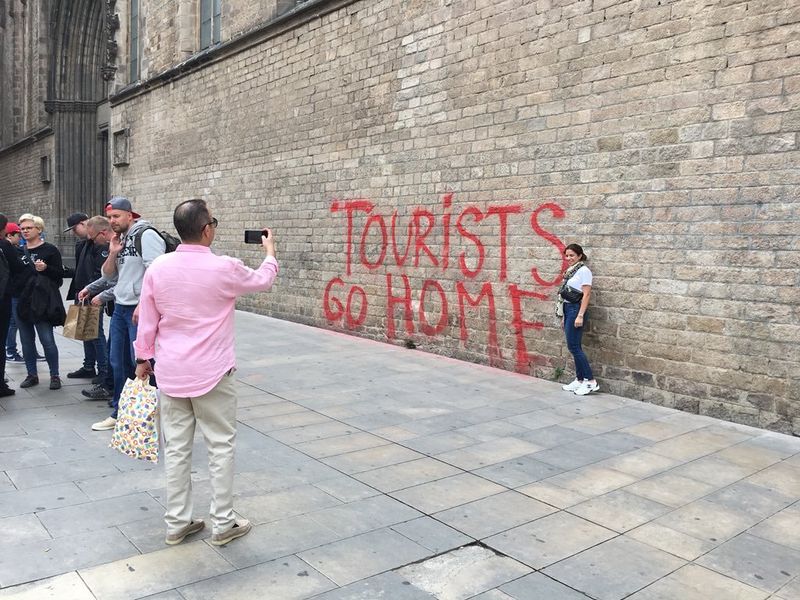
Graffiti reading “Tourists Go Home” greeted me in Barcelona’s Gothic Quarter. Locals didn’t hide their frustration when I spoke English in less touristy neighborhoods, sometimes pretending not to understand even simple questions.
Housing prices have skyrocketed as apartments convert to Airbnbs, pushing residents to the outskirts. The mayor has actively worked to reduce tourism, implementing strict regulations on new hotels and rental licenses.
Despite its incredible architecture and vibrant culture, the tension was palpable. I witnessed a demonstration against cruise ships while enjoying tapas, with protesters arguing that mass tourism destroys the authentic Barcelona experience.
3. Amsterdam’s Residents Reclaim Their City
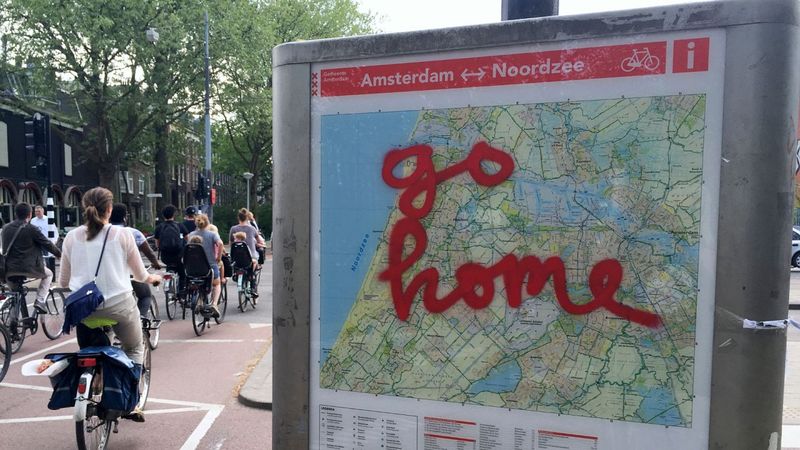
My visit to Amsterdam coincided with a new campaign literally called “Stay Away” targeting rowdy British tourists. The red light district now faces strict regulations, with guided tours banned after 10 PM and group sizes limited.
Locals rolled their eyes when I pulled out a map near Dam Square. One cafe owner bluntly told me they preferred customers who respected Dutch culture rather than those seeking the stereotypical Amsterdam experience.
The city has removed the famous “I Amsterdam” letters from Museum Square specifically to discourage selfie-taking tourists. Despite these measures, Amsterdam remains stunning with its canals and museums—just be prepared for a chilly reception in some areas.
4. Kyoto’s Temple Fatigue
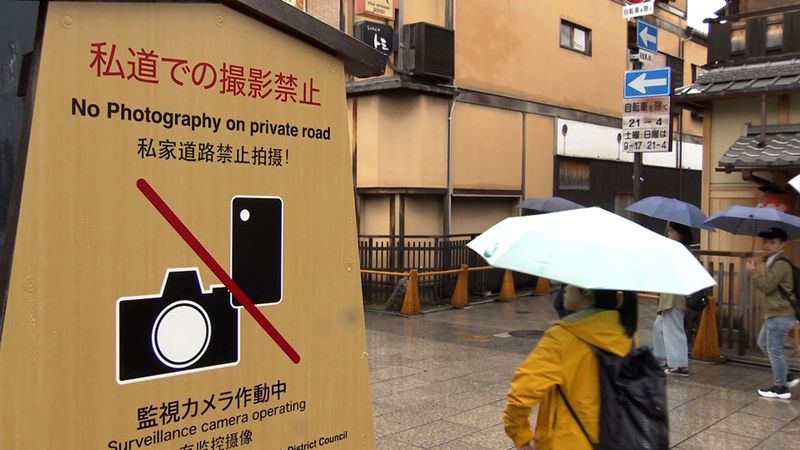
Behind Japan’s polite exterior, Kyoto residents struggle with overwhelming tourism. Geisha in Gion district now avoid certain streets due to harassment from photo-seeking tourists. I witnessed an elderly woman gently but firmly pushing away a tourist who tried to photograph her without permission.
Temple entrances display signs prohibiting photography of worshippers, though many visitors ignore these rules. Local restaurants have begun refusing non-Japanese speakers, with some posting “No Tourists” signs in English.
The city government implemented a tourist tax and banned photography in parts of Gion. Despite these measures, Kyoto’s beauty remains worth experiencing—just approach with cultural sensitivity and respect for local boundaries.
5. Dubrovnik’s Game of Thrones Fatigue
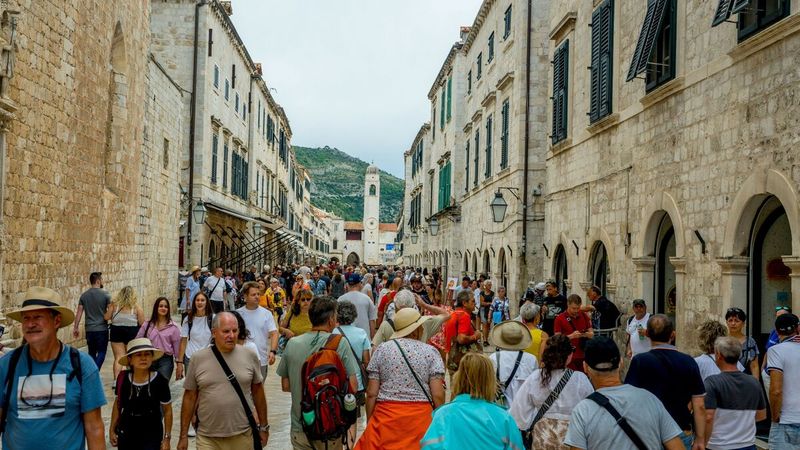
Walking Dubrovnik’s ancient walls, I couldn’t help noticing the locals’ weary expressions. The Croatian gem suffers from severe overtourism since becoming a Game of Thrones filming location. Cruise ships disgorge thousands of passengers daily, creating human traffic jams in the narrow streets.
Residents told me they can’t afford to shop or eat in their own city anymore as prices cater exclusively to tourists. The mayor has limited daily visitors to 4,000 and installed crowd counters at city entrances.
Locals avoid the Old Town during summer months. One shopkeeper confided they make enough money during tourist season to close entirely in winter—their only chance to reclaim their city.
6. Prague’s Party Problem
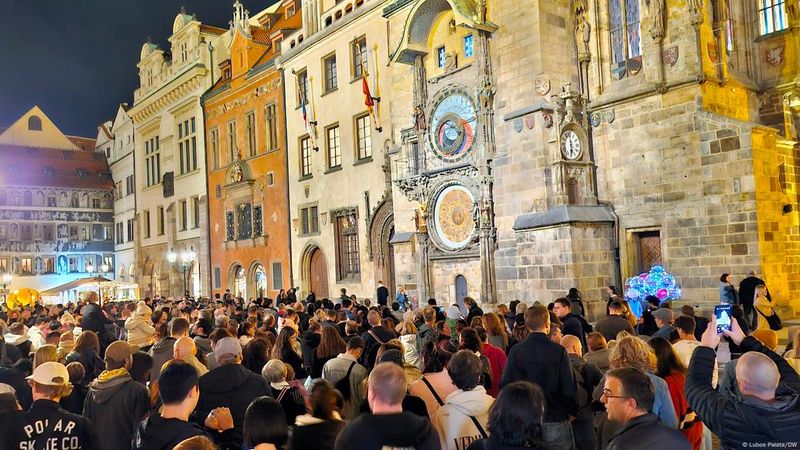
Stag parties and beer tourists have transformed parts of Prague into what locals bitterly call “a theme park for drunk foreigners.” During my visit, residents physically distanced themselves from rowdy tourist groups in the Old Town Square.
The city has appointed “night mayors” to manage noisy visitors and banned beer bikes in most districts. Authentic Czech restaurants often hide in residential areas, avoiding English menus to discourage the tourist crowds.
One local shopkeeper switched from Czech to perfect English mid-conversation when I asked about souvenirs, his tone noticeably cooling. Prague remains architecturally stunning, but the divide between tourists and locals grows wider each year, especially in districts like Žižkov where residents resist tourism’s spread.
7. Reykjavik’s Natural Resource Strain
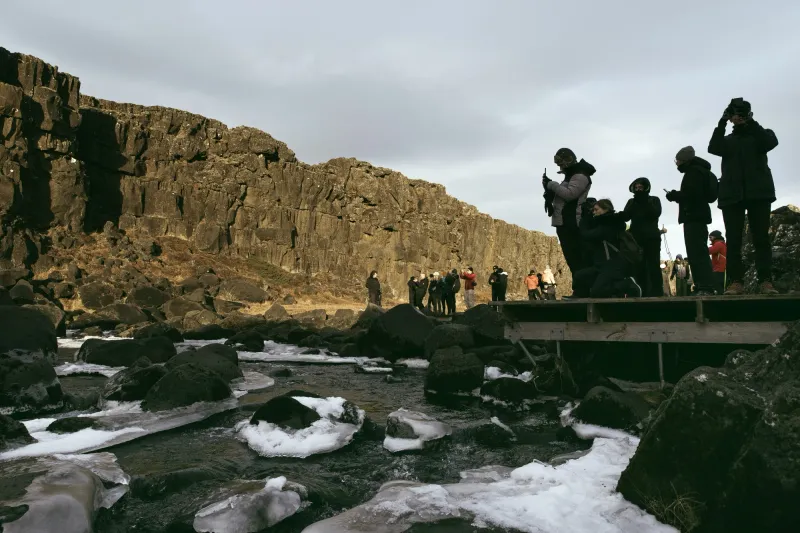
Iceland’s breathtaking landscapes face degradation from tourism’s explosive growth. Hiking near Reykjavik, I noticed roped-off recovery areas where vegetation had been trampled by visitors ignoring paths. Locals expressed frustration when I asked about certain “secret” spots popularized on Instagram.
Housing prices have soared as properties convert to tourist accommodations. One resident told me they were considering moving as their entire apartment building had gradually transformed into short-term rentals.
The famous Blue Lagoon now requires advance booking, and many natural hot springs have implemented strict visitor caps. Icelanders remain proud of their homeland but increasingly view tourism as a necessary evil rather than an economic blessing.
8. Santorini’s Selfie Saturation
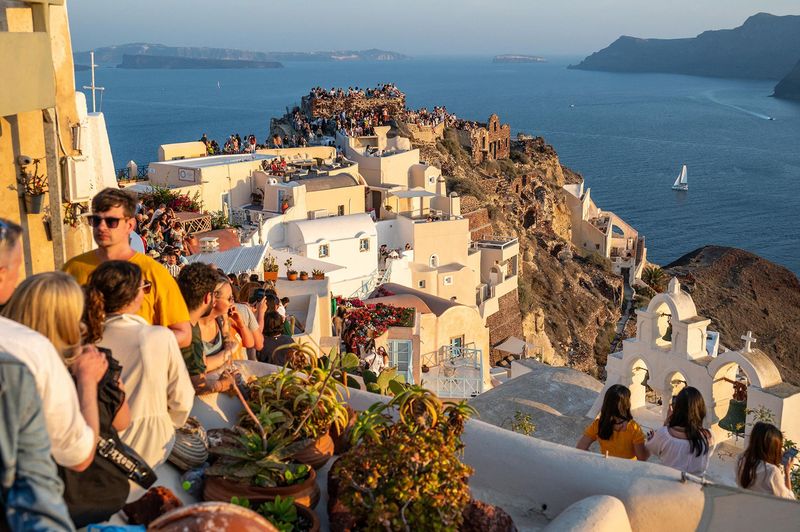
My sunset experience in Oia was far from the peaceful moment portrayed on Instagram. Hundreds of tourists jostled for the perfect photo spot, with some even climbing on residents’ rooftops. Locals watched from a distance, clearly separated from the tourist chaos.
Greek residents told me they avoid central Santorini entirely during summer. The island now limits cruise passengers to 8,000 daily after infrastructure couldn’t handle peak tourism.
Restaurant prices have skyrocketed beyond what locals can afford. One shop owner explained they maintain two separate price lists—one for tourists and another for Greeks. The island’s beauty remains undeniable, but the authentic Greek experience has retreated to less photogenic corners where tourists rarely venture.
9. Bali’s Sacred Sites Disrespected
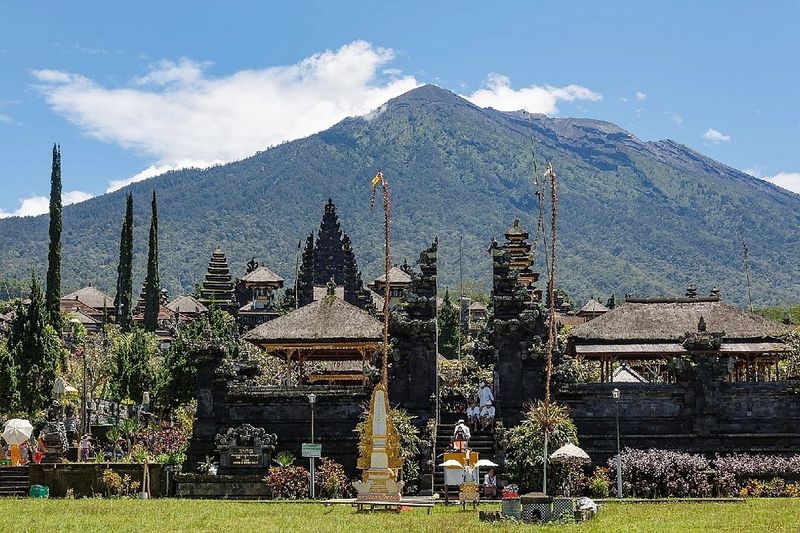
Balinese temples increasingly post strict dress code signs after tourists repeatedly ignored sacred customs. During my visit to Uluwatu, I watched staff turn away visitors in inappropriate clothing despite multiple warning signs in multiple languages.
Local beaches suffer from overtourism impacts, with residents cleaning tourist trash each morning. One beach vendor expressed frustration about influencers who demand free services in exchange for “exposure” while disrespecting local customs.
Monkey forests and rice terraces now implement entrance fees specifically to manage tourist numbers. Many authentic ceremonies now happen behind closed doors to avoid becoming tourist spectacles. Bali remains spiritually rich, but visitors must work harder to experience its true culture beyond Instagram hotspots.
10. Lisbon’s Rental Crisis
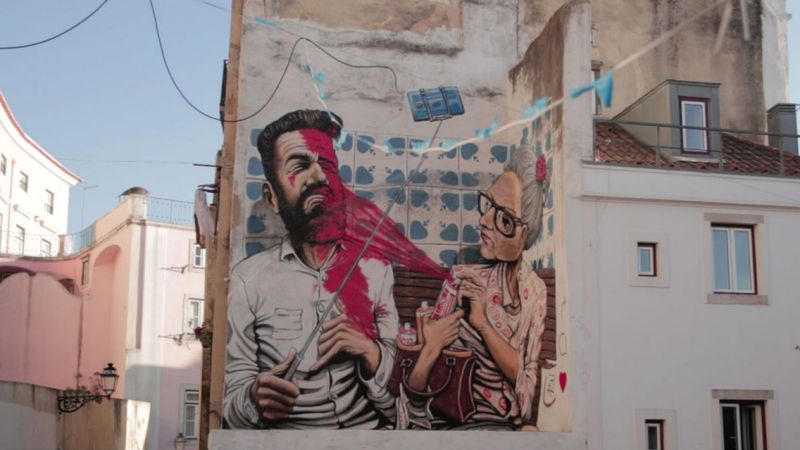
Walking through Alfama district, I noticed entire buildings converted to short-term rentals with lockboxes lining entrances. Elderly Portuguese residents sit outside cafes they can no longer afford as patrons.
Anti-tourism graffiti marks walls in neighborhoods like Mouraria, with slogans targeting digital nomads who drive up housing costs. Lisbon’s government has frozen new Airbnb permits and started buying buildings to create affordable housing.
A shopkeeper switched from friendly Portuguese to businesslike English when realizing I was a tourist. Despite growing resentment, many locals still warmly share their culture with respectful visitors who make efforts to learn basic Portuguese phrases and venture beyond tourist traps into authentic neighborhood tascas.
11. New Orleans’ Bourbon Street Blues
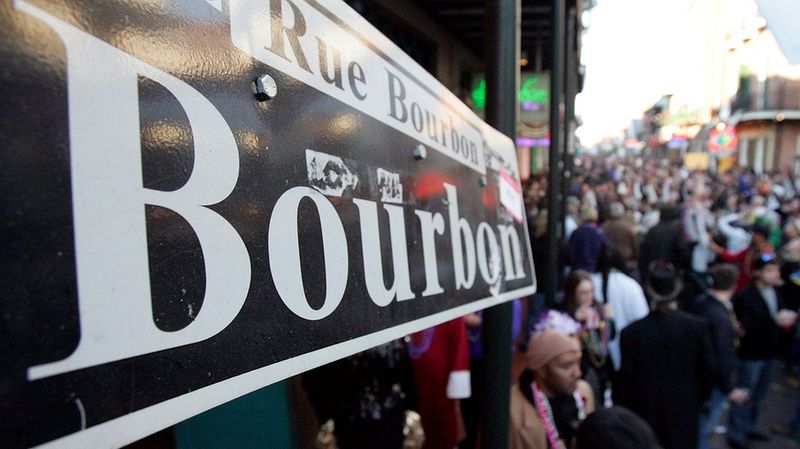
Locals rolled their eyes when I mentioned staying near Bourbon Street. “That’s not the real New Orleans,” one resident told me while suggesting authentic jazz venues away from the tourist corridor. French Quarter residents increasingly protest against noise and public intoxication.
Short-term rentals have transformed residential neighborhoods like Marigny and Bywater, with locals priced out of historic areas. Authentic restaurants now hide in residential neighborhoods, avoiding tourist guides to preserve their local clientele.
The city has implemented strict regulations on new vacation rentals and limited street performer hours. Despite tourism tensions, many residents proudly share their culture with visitors who venture beyond party districts to experience the city’s true musical heritage and culinary traditions.
12. Berlin’s Alternative Scene Commercialized
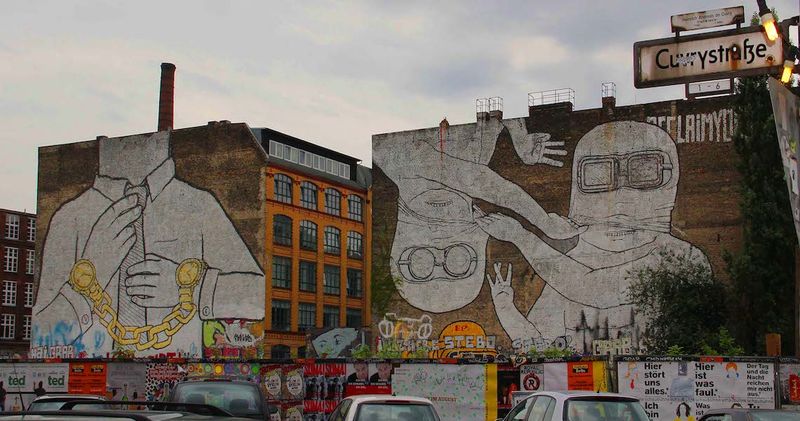
“Tourist go home, refugee welcome” graffiti greeted me in Kreuzberg, Berlin’s once-alternative neighborhood now filling with visitors seeking “authentic” experiences. Locals expressed frustration about tour groups photographing street art without understanding its political context.
Famous clubs like Berghain have strict door policies specifically designed to filter out tourists. Rental prices have surged as apartments convert to vacation properties, pushing out artists who created the very atmosphere tourists come to experience.
Berlin has implemented a strict permit system for vacation rentals and banned them entirely in certain districts. Despite growing tensions, many Berliners maintain their famous directness rather than fake friendliness, creating an honest if sometimes uncomfortable experience for visitors willing to respect local norms.
13. Marrakech’s Aggressive Touts

My first experience was the most disappointing city on my no-return list. Attempting to enjoy Marrakech’s famous Jemaa el-Fnaa square became impossible due to relentless harassment from aggressive touts and fake guides. Every interaction felt like a potential scam, with merchants tripling prices upon hearing English.
Unwanted “helpers” followed me despite firm rejections, demanding payment for unsolicited directions. Even photographs attracted demands for money from subjects who had positioned themselves in my frame deliberately.
The constant barrage of aggressive selling tactics created an atmosphere of distrust that overshadowed the city’s undeniable beauty. Unlike other tourist-weary destinations where locals simply avoid visitors, Marrakech’s predatory tourism approach actively targets tourists in ways that made relaxed exploration impossible.
14. Bagan’s Temple Climbing Ban Ignored
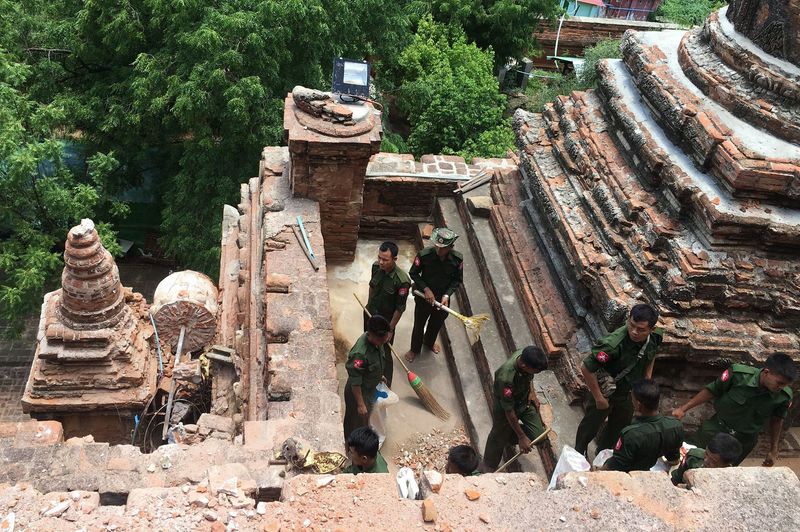
Myanmar’s ancient temple city left me with mixed feelings despite its archaeological wonders. Foreign visitors routinely ignored clearly posted signs prohibiting climbing on fragile temple structures. I watched in horror as Instagram influencers scaled prohibited areas while security guards were absent.
Local vendors appeared resigned to disrespectful behavior, explaining that reporting violations rarely resulted in enforcement. The contrast between respectful Burmese visitors and entitled foreign tourists created palpable tension.
Though tourism brings needed economic benefits, the damage to irreplaceable 800-year-old structures continues unchecked. Despite repeated government announcements about protection measures, enforcement remains minimal. The experience felt like watching cultural heritage being sacrificed for social media content.
15. Cancun’s Resort Bubble Bursts
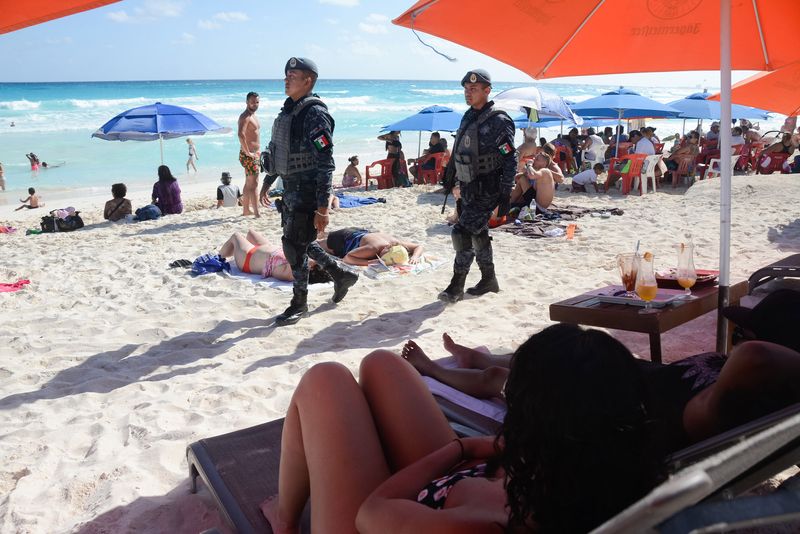
Venturing beyond Cancun’s resort zone revealed a city deeply divided between tourist fantasy and local reality. Resort staff warned against exploring the “real” Cancun, creating an uncomfortable apartheid between visitors and residents.
Beach access has become increasingly privatized despite Mexican laws guaranteeing public shoreline access. I witnessed security guards removing local families from beaches in front of luxury resorts.
Environmental degradation from mass tourism has destroyed coral reefs and mangroves. The artificial experience felt like visiting a theme park rather than Mexico, with prices in USD and staff trained to hide authentic culture behind a veneer of manufactured experiences. The disconnect between tourist areas and local communities created an ethical discomfort I couldn’t shake.
16. Phuket’s Paradise Lost
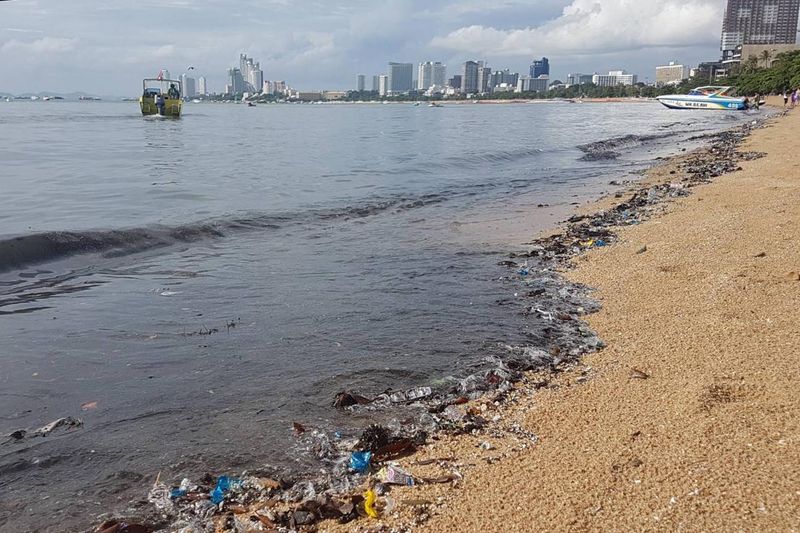
Thailand’s famous beach destination shocked me with environmental degradation and exploitative tourism practices. What travel brochures portrayed as pristine beaches were actually littered with trash and damaged coral from boat anchors and sunscreen chemicals.
Tourist-focused businesses openly charged foreigners triple what locals pay without attempting to hide dual pricing. Animal attractions advertising ethical experiences actually featured drugged tigers and abused elephants for tourist photos.
17. Kuta’s Drunken Disaster
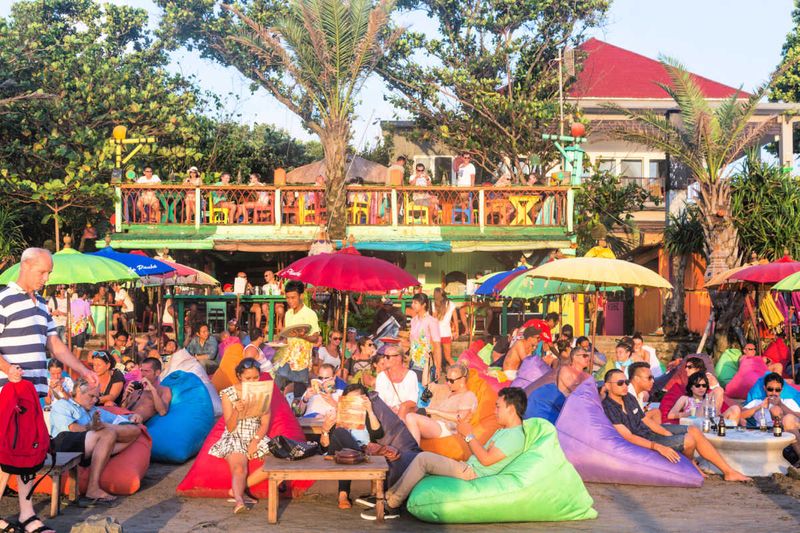
Bali’s notorious party district represents everything wrong with disrespectful tourism. Australian and European tourists stumble drunkenly through streets, ignoring local customs regarding modest dress near temples. I witnessed public urination against shrine walls while locals looked on helplessly.
Beach cleanup crews work daily to remove beer bottles and fast food containers left by visitors. Vendors selling traditional crafts are overshadowed by shops offering offensive t-shirts mocking Indonesian culture.
The contrast with Bali’s spiritual traditions couldn’t be starker. While other parts of the island maintain their cultural integrity, Kuta has surrendered completely to the worst kind of tourism. The atmosphere of disrespect was so pervasive that I left after one night, preferring to experience the authentic Bali found in less developed regions.
